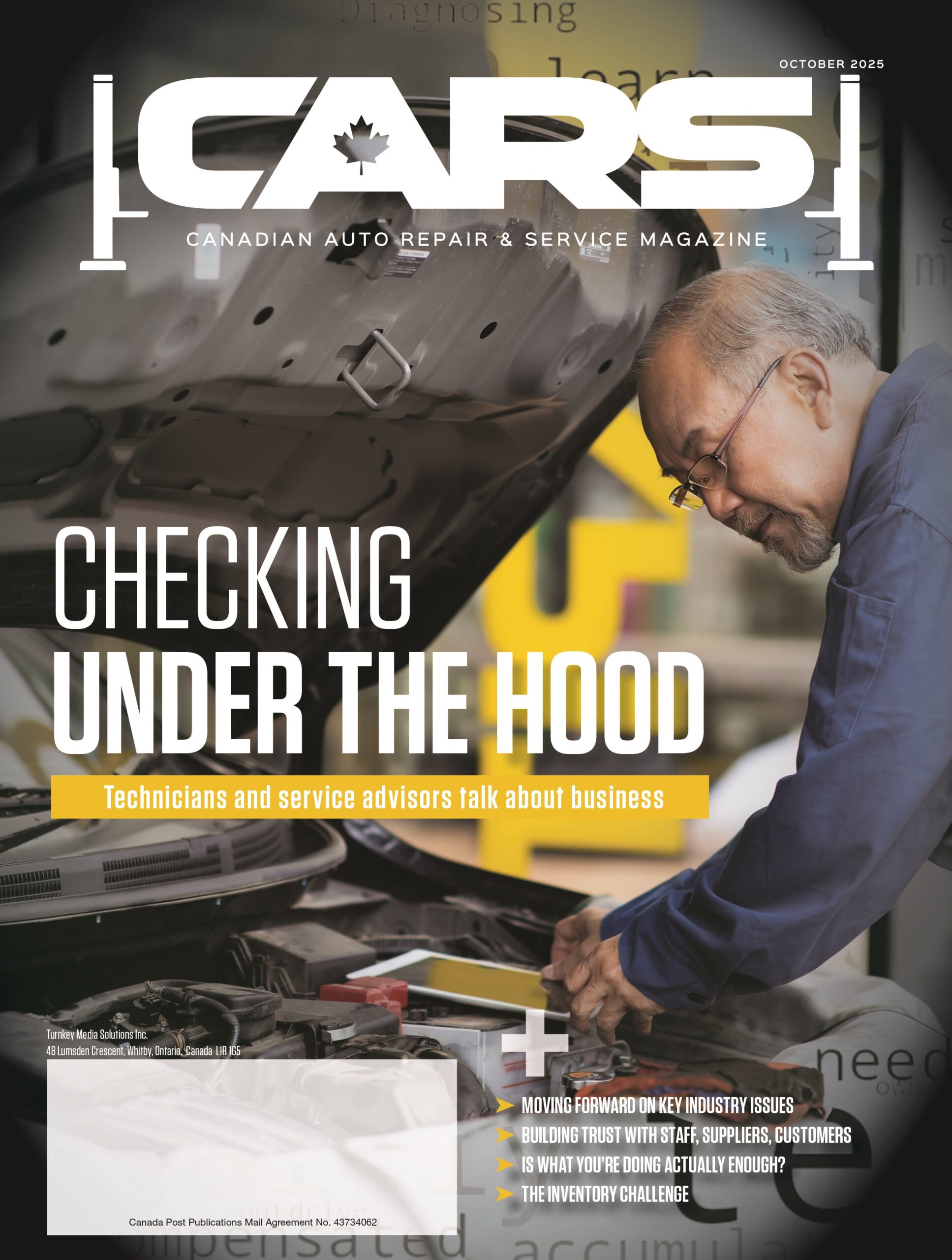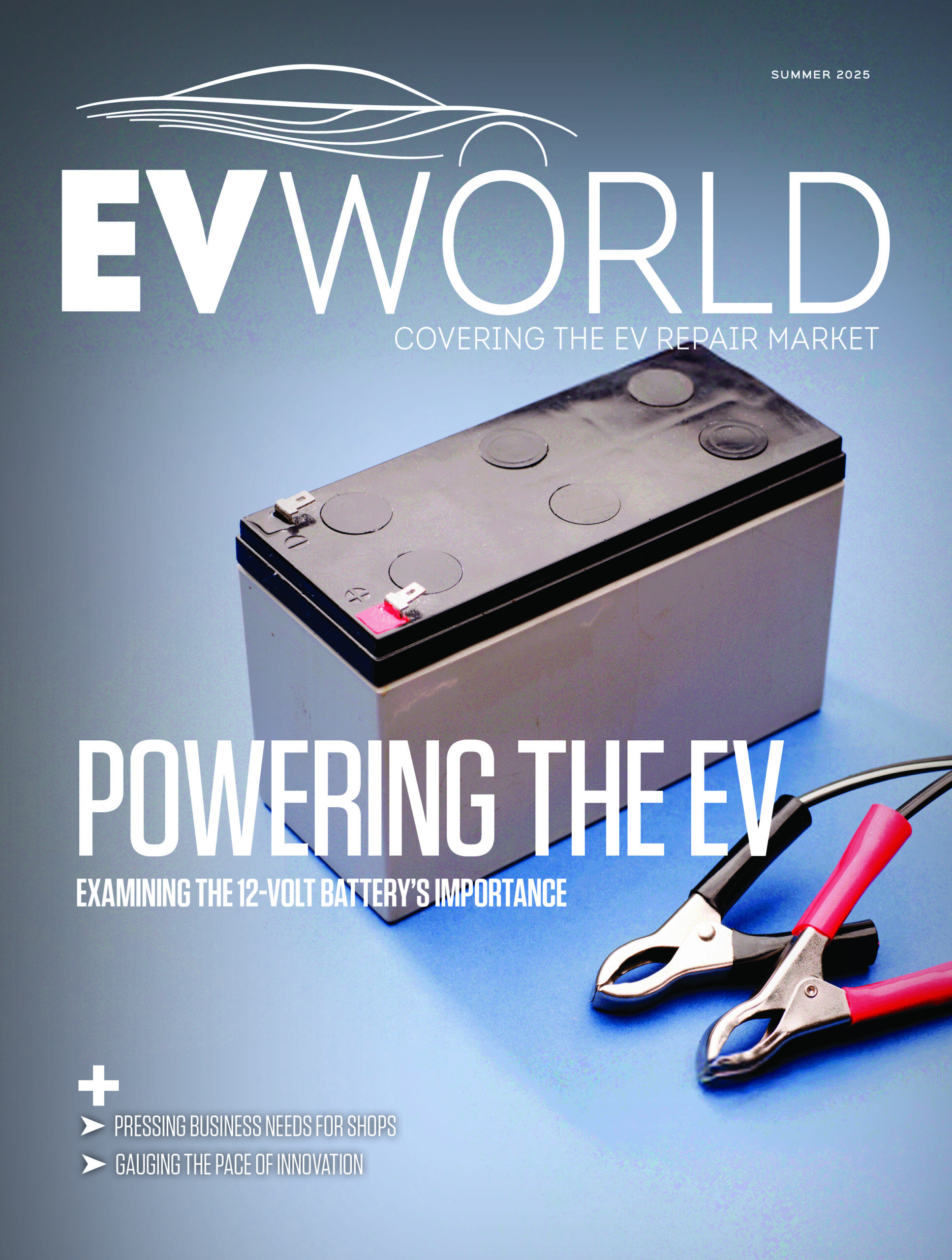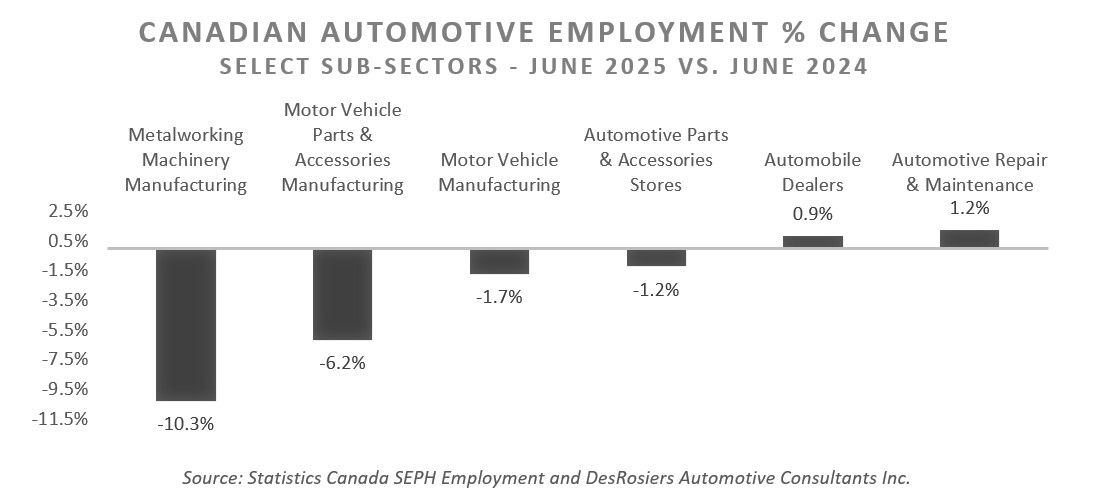
As electric vehicles become more common on roads across North America, safety concerns around battery fires are pushing automakers and suppliers to rethink how EVs are built — and protected.
Thermal runaway — the chain reaction that can lead to EV battery fires — remains a rare but serious risk. And while EVs are statistically less likely to catch fire than gas-powered vehicles, the consequences when they do can be severe. That’s why researchers and manufacturers are investing heavily in fire protection materials and safer battery designs.
A new report from IDTechEx, Fire Protection Materials for EV Batteries 2025–2035, outlines the latest strategies to reduce fire risk in electric vehicles. The report highlighted how evolving battery chemistries and materials are shaping the next generation of EV safety.
It explained that battery fires can be triggered by manufacturing defects, wiring faults, crashes or even while the vehicle is parked or charging. Lithium-ion batteries, the most common type in EVs, carry a small but real risk of thermal runaway — a rapid increase in temperature that can lead to fire or explosion.
But there are materials that can make a difference when it comes to combating battery fires. manufacturers are turning to advanced materials like aerogels, ceramics and mica. Aerogels are gaining traction for their low thermal conductivity, helping to prevent heat from spreading between battery cells. Mica, while denser, is cheap and easy to apply in thin sheets, offering strong electrical insulation.
Solid-state batteries are also showing promise. These use a solid electrolyte instead of a flammable liquid, making them more stable and less prone to overheating. Sodium-ion batteries, another alternative, have lower heat release rates and have passed nail penetration tests without igniting.
Beyond materials, battery pack design is evolving to give passengers more time to escape in the rare event of a fire. China currently leads the way with regulations requiring a five-minute warning before thermal runaway becomes dangerous — a rule that will tighten to a two-hour no-fire window by mid-2026. Other countries are expected to follow, though likely with less aggressive timelines.
Image credit: Depositphotos.com
Related Posts
Comments
-
So what you are saying is that there’s nothing that a shop owner can do to minimize fire risk, only manufacturers?













Leave a Reply